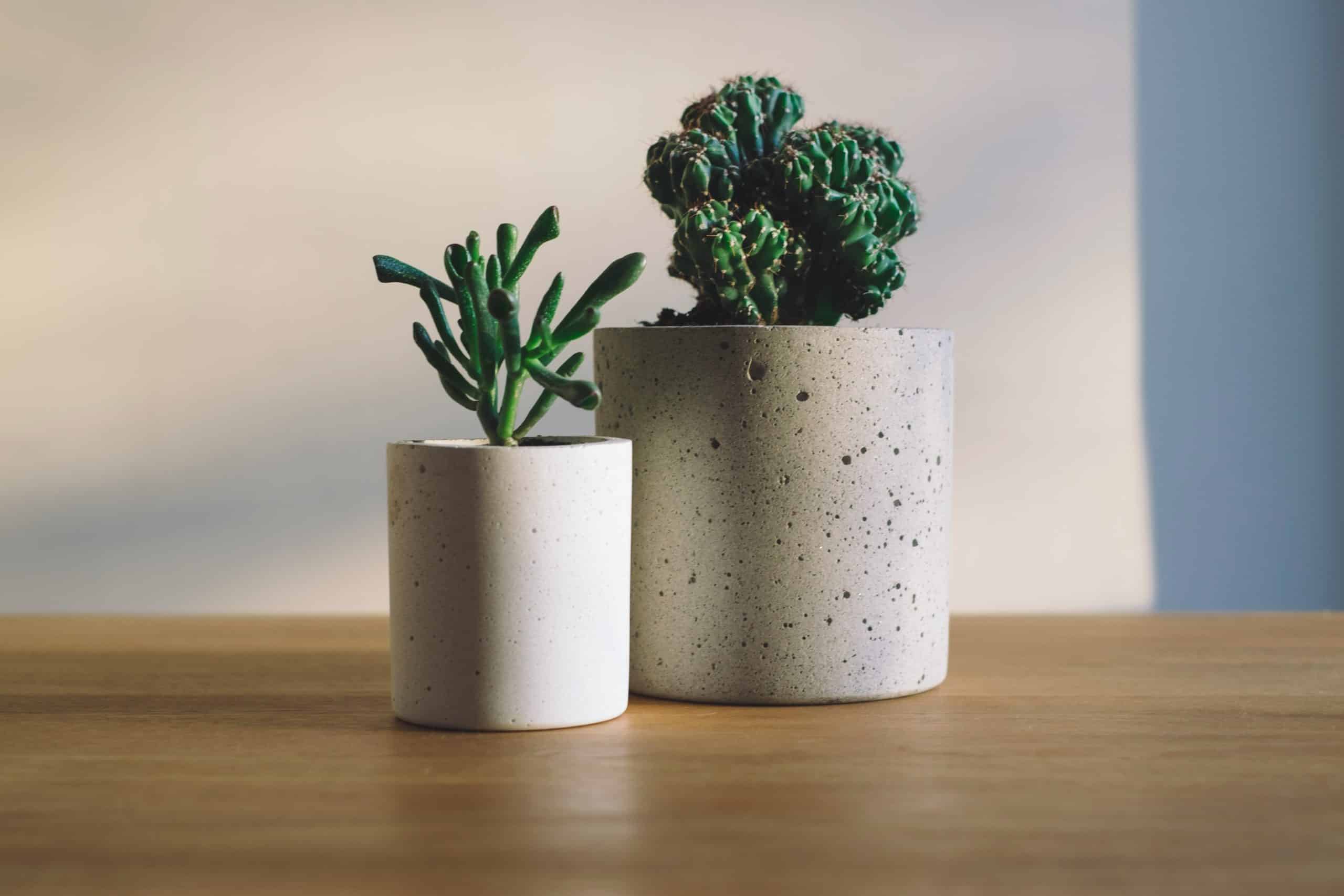Home terrariums have become an increasingly popular way to create compact, natural habitats indoors. A terrarium is a closed or open glass container, often in a decorative style, that contains soil and plants. It can be used as a decorative item or a hobby project, and it can also serve as a way to grow plants that might not normally survive in your household environment. But when it comes to selecting the best plants for your terrarium, there are several factors to consider. The light, soil type, and humidity in your terrarium all play a role in determining which plants will thrive best. Let’s explore the top choices.
Choosing the Right Plants for a Terrarium
The first step in assembling a successful terrarium is selecting the right plants. When building a terrarium, you’re creating a small, closed ecosystem that must be balanced well. Your choice of plants will greatly influence how well this ecosystem functions and how much care it requires.
Sujet a lire : How can you use color to influence mood in your home?
Moss is a good choice for a green base layer in a terrarium. It thrives in a high-humidity environment, which a closed terrarium provides. Moss also doesn’t need a lot of light, so it’s perfect if your terrarium won’t be in a place with a lot of natural light.
Ferns are another great choice for terrariums. They come in a variety of sizes, from the tiny button fern to larger species, and they generally grow well in the same conditions as moss. They prefer a high humidity environment and can tolerate lower levels of light. Their leaves add a nice texture to the terrarium landscape.
En parallèle : What are the best practices for maintaining a wooden deck?
The Importance of Light for Terrarium Plants
Light is one of the most critical factors in growing healthy terrarium plants. Most terrarium plants are tropical, used to the diffuse light of a forest floor. Bright, but indirect light is the best for most terrarium plants. Direct sunlight will heat up the terrarium and can burn the plants.
If you’re placing the terrarium in a place with low light, consider choosing plants that are adapted to these conditions. Moss, ferns, and some types of orchids will do well here. If your terrarium is going in a brighter area, consider using small succulents or air plants. These plants are adapted to strong light and will do well under these conditions.
Best Soil Mix for Terrarium Plants
Just as with any other type of gardening, the soil in your terrarium needs to be well-suited to the plants you’re growing. A good general guideline is to use a light, well-draining mix that will allow the roots of your plants to get the oxygen they need.
For moss and ferns, a peat-based soil mix is often the best choice. This type of soil retains water well, which is crucial for these humidity-loving plants. For succulents and cacti, a grittier, well-draining soil is necessary. The soil should contain sand or perlite to ensure it doesn’t retain too much water, which can lead to root rot in these plants.
Caring for Your Terrarium Plants
Once you’ve chosen the right plants and set up your terrarium, maintaining it requires regular care. As a general rule, less is often more when it comes to watering terrarium plants. Since terrariums are essentially miniature greenhouses, they retain moisture well. Many terrarium plants are adapted to humid environments and don’t require frequent watering.
For a closed terrarium, you might only need to water the plants once a month. You should also consider the humidity levels in your home. In a dry environment, the water in the terrarium will evaporate more quickly, so you may need to water more often.
Final Thoughts
Choosing the best plants for a home terrarium doesn’t have to be a daunting task. By considering the light, soil, and humidity in your terrarium, you can select plants that will thrive. Remember, moss and ferns are excellent choices for many terrariums, especially those with lower light. Brighter terrariums might benefit from small succulents or air plants. Remember, the goal is to create a balanced, self-sustaining ecosystem. With the right care and the best plants, your terrarium can be a beautiful, living addition to your home.
Additional Plants for Home Terrariums
While moss and ferns are often the go-to plants for terrarium environments, there are other options available. If you wish for a variety of shapes, textures and colors, expanding your plant selection can create a visually striking terrarium.
Polka dot plants are a popular choice, known for their bright, speckled leaves. These plants can thrive in both low and high light conditions, although their vibrant colors are more pronounced under bright indirect light. They like the high humidity which a closed terrarium provides. Their attractive and colorful foliage makes them an appealing option for your terrarium.
Baby tears plants are another versatile addition to any terrarium. They have tiny, bright green leaves that form a carpet-like layer over the soil. Baby tears prefer high levels of humidity, making them well-suited to closed terrariums.
Air plants are unique because they don’t require soil to grow. They absorb water and nutrients through their leaves, which makes them perfect for open terrariums. They thrive under bright indirect sunlight and need to be misted with water once a week.
The Role of Maintenance in Terrariums
While home terrariums can be low maintenance, they do need some care. Light watering, occasional pruning, and monitoring of humidity levels are key elements to ensure your plants thrive and your terrarium remains an attractive feature in your home.
Water needs can vary depending on the types of plants in your terrarium. Plants like moss, ferns, polka dot plants, and baby tears don’t need much water, as they thrive in high humidity conditions. Water them sparingly to avoid root rot. For air plants, mist them with water once a week.
Pruning is simple yet crucial. As the plants grow, they might start to crowd each other. Regular pruning helps maintain the look of the terrarium and ensures all plants have room to grow.
Watch the light levels and adjust the position of the terrarium as needed. Remember, most terrarium plants need bright indirect light.
Conclusion
Creating a home terrarium is an enjoyable project that brings a piece of nature indoors. The key to a successful terrarium lies in selecting the right plants that suit your terrarium’s conditions. Whether you opt for a closed terrarium with moss and ferns, or an open terrarium with air plants, remember to choose plant varieties that balance each other.
Proper care, including light water, occasional pruning, and constant humidity monitoring, will ensure your terrarium lasts. Above all, enjoy the process. The beauty of a terrarium lies in its reflection of nature’s resilience and diversity, right there on your windowsill or tabletop.






